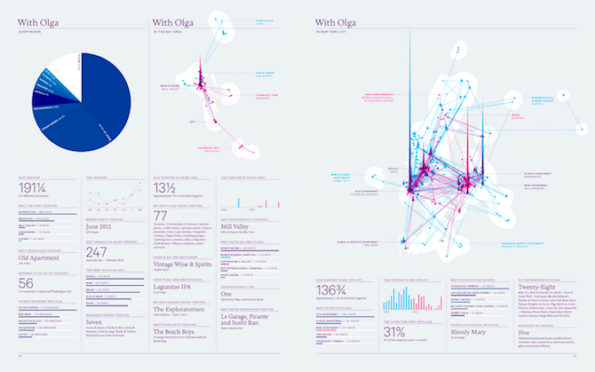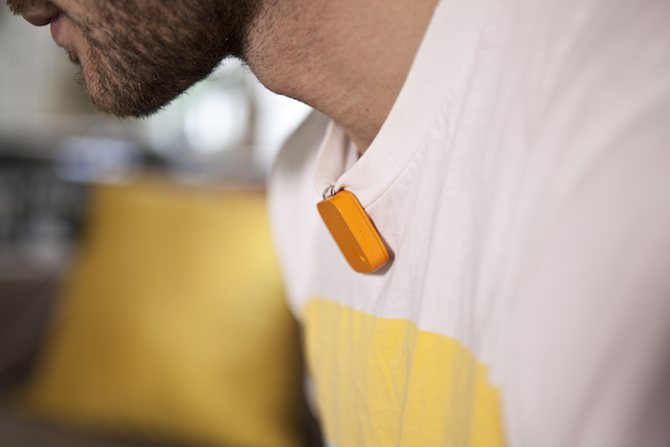Search
To search for an exact match, type the word or phrase you want in quotation marks.
A*DESK has been offering since 2002 contents about criticism and contemporary art. A*DESK has become consolidated thanks to all those who have believed in the project, all those who have followed us, debating, participating and collaborating. Many people have collaborated with A*DESK, and continue to do so. Their efforts, knowledge and belief in the project are what make it grow internationally. At A*DESK we have also generated work for over one hundred professionals in culture, from small collaborations with reviews and classes, to more prolonged and intense collaborations.
At A*DESK we believe in the need for free and universal access to culture and knowledge. We want to carry on being independent, remaining open to more ideas and opinions. If you believe in A*DESK, we need your backing to be able to continue. You can now participate in the project by supporting it. You can choose how much you want to contribute to the project.
You can decide how much you want to bring to the project.

The concept of lifelogging, the act of capturing daily life, is nothing new, far from it. Its beginnings date back to the experiments of Steve Mann in the eighties, when he decided to film his whole existence with a camera. Thirty years later, the “lifeloggers” have voluntarily renounced the traditional notion of privacy to compile and archive their whole life, converting their private life into a performance.
Currently this practice counts with a vast universe, within which many situate social networks, depending on the use that each individual makes of them.
Numerous artists exist who explore the implications of lifelogging through the practice of it. A particularly curious example is that of Nicholas Feltron. Nicholas explores the concept of the lifelog through the compilation and systematic analysis of data upon each aspect of his life. Since 2005, Feltron has presented what he calls the “The Feltron Report”, an exhaustive report about each one of his movements and relations each year.
Another more extreme example of the growing popularity of lifelogging is the recent appearance of cameras that capture a person’s whole life, taking a photograph every 30 seconds, like for example Memoto or Autographer. Both take the practice to an extreme, as they capture everything, absolutely everything, that a person does during the day when carrying it on them.

Even though it’s not exactly the same, it is difficult not to think about the surreal situations that the film “The final cut” raised. Watching the informative videos and reading the hundreds of articles that the subject has generated one finds a simple, and frankly obvious, reflection lacking, what happens when people surround the carrier of the camera? Their lives are indiscriminately compiled. It might be that a friend or close relative consents, but what happens with the accidental protagonists? This is beginning to happen with social networks and smartphones. It is difficult to go to a public event and try to avoid any camera just in case tomorrow this photograph appears in the profile of an unknown person.
I suppose the fundamental question is, is it really worth it? We’ll just have to wait and see how artistic creation incorporates these new challenges, to question applications and their consequences.

Verónica Escobar Monsalve is a restless soul, with a digital nature and an analogue heart. Her investigations centre on art and culture that mix the digital world with pre-digital thought. Art and culture that is capable of reflecting the complexity of today’s world. She believes in the vital importance of a critical spirit and how this can be applied to any facet in life, however difficult it may be.
"A desk is a dangerous place from which to watch the world" (John Le Carré)